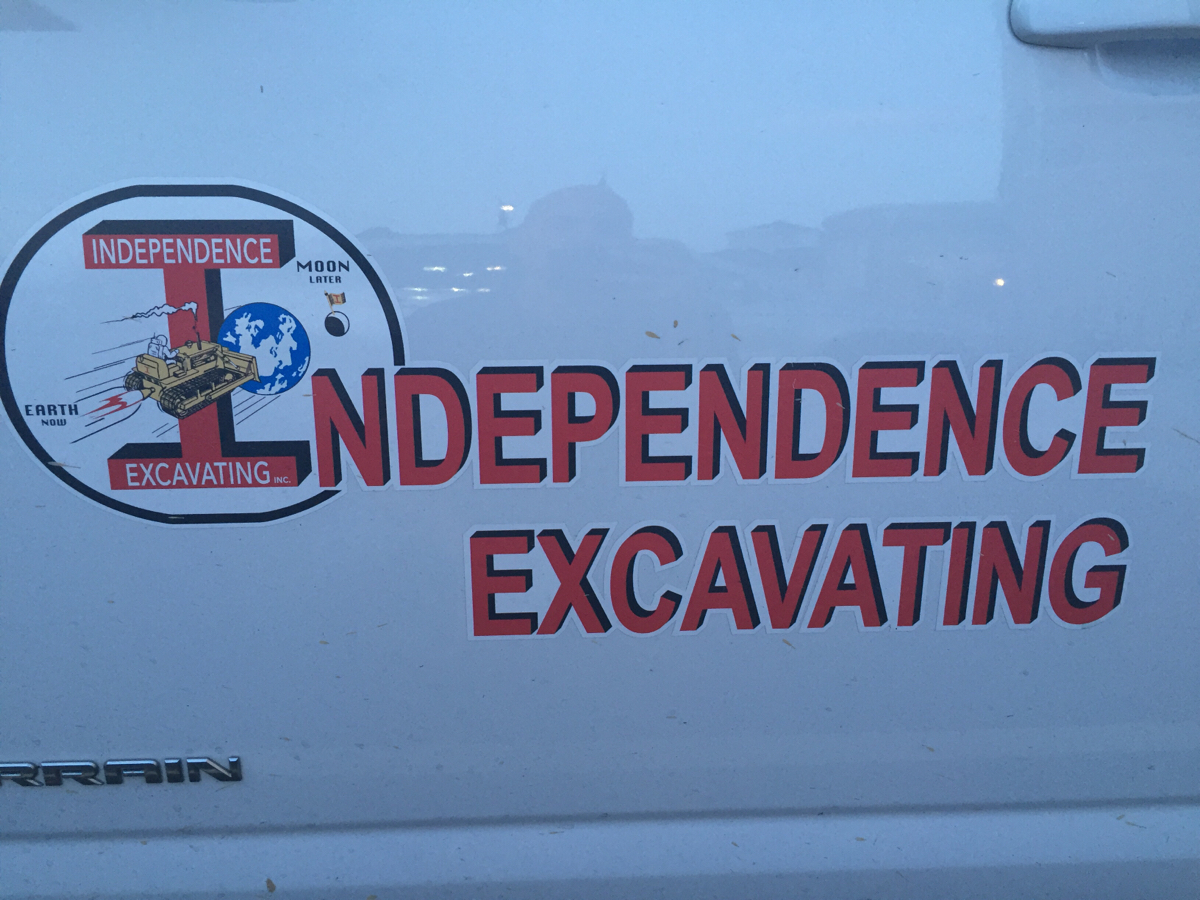Title Page
-
Job
-
Conducted on
-
Supervisor
-
Location
TOOLBOX TALK
-
- Accidents/Near Miss
- Fall Protection/Do's & Dont's
-
This talk discusses the importance of reporting and correcting near misses. Items for attendees to consider during talk: -Have you sidestepped trash or other obstacles on the floor? -Do you practice proper housekeeping in your work area? -Can you think of any close calls--or actual ones that should have been avoided--that have happened here? TALK When you notice a red light glowing on the dasg-board of your car, you recognize it as a warning to let you know that your engine is overheating or that there's another problem. A near accident or near miss is a warning, too. For example, when you're driving down the highway at a good speed and another car pulls out in front of you, it's necessary to hit the brakes or make a quick lane change to avoid an accident. Chances are that you'll be pretty hot under the collar at the other driver's action, but if you're smart, you won't let anger overpower your safe driving habits. You'll also make a mental note to be more alert and watch for cars approaching the highway from side roads. This could save your life next time. A near miss in the workplace is a warning or a sign that something is wrong. Perhaps a machine isn't operating correctly, or materials aren't stacked properly, or someone has acted in an unsafe way. Close calls or near accidents on the job should also be safety precautions. Let's consider some typical accidents that could have been avoided if the close-call warning had been noted: - A worker tripped over a two-by-four and fractured an ankle. -A machine operator was injured when a motorized hand truck struck the machine that he was operating. ' [Use real examples from your workplace] It's fairly certain that the proper handling of earlier near misses could have prevented the real thing from happening in these cases. The two-by-four had probably caused other employees to step aside to avoid tripping or may even have caused stumbles that didn't result in injury.
Signatures:
-
Add signature
-
Add signature
-
Add signature
-
This talk discusses the safe use of a fall restraint or personal fall arrest system for construction workers. MATERIALS TO HAVE ON HAND: -Examples of real-life injuries/fatalities from falls in construction work activities. -A full-body harness, lanyard, and/or lifeline and an independent anchorage point. ITEMS FOR ATTENDEES TO CONSIDER DURING TALK: -What are the two types of fall protection? -When are you required to have appropriate fall protection? -How often should your fall protection system be inspected? TALK Falls continue to be the number one killer in construction. Falls are tragic because they are preventable. The Occupational Safety and Health Administration's (OSHA) fall protection standard requires that you have appropriate fall protection whenever you are 6 feet (ft) or more from the ground and there is an unprotected side or edge. There are two types of fall protection: fall restraint and fall arrest. FALL RESTRAINT: includes such items as a guardrail or parapet wall. It can also consist of a personal fall restraint system that keeps you from reaching an unprotected "fall" point. FALL ARREST: Stops you from falling. The entire personal fall arrest system (PFAS) must be capable fo withstanding the tremendous impact forces involved in a fall. A person without protection will free-fall 4 feet in 1/2 second and 16 feet in 1 second! A PFAS inlcudes a full-body harness, a shock-absorbing lanyard or rope grab, vertical lifeline, and a sound anchorage able to support a load of up to 5,000 pounds. Today we are discussing the do's and dont's of using a fall arrest system. DO'S: -Pick and anchorage point that will support 5,000 pounds (strong enough to support a pick up truck). -Rig the fall arrest system so you can't free fall more than 6 feet (or make contact with any object/level below). -Tie off above your head. A 6-ft person who ties off at the feet could free-fall as far as 12-ft. -Place your anchorage directly above/behind your work area to avoid potential swing fall hazards. -Use the shortest lanyard possible. The shorter the tie-off, the shorter the fall. -Have your anchorage points selected by a competent person. DONT'S: - Do not tie off to vent pipes or unstructured, designated areas. - Do not tie a knot in the lanyard. This will reduce its strength. -Do not use water pipes, electrical conduits, light fixtures, or guardrails as anchor points. - Do not use any lanyards without self-locking snap hooks. -Do not join multiple lanyards together to reach an anchorage. - Do not tie off to the same anchorage as another worker, unless it is designated and approved by an engineer. -Do not unhook from your fall protection while exposed to a fall greater than 6 ft. - Do not allow someone else to rig your equipment, unless you verify that it has been done correctly. - Do not use an anchorage that is dependent on any anchorage used to support or suspend platforms. AND FINALLY: - You must inspect your equipment daily before each use for wear damage, deterioration, fraying ropes, cracks, or other defects in the hardware. - Tag and remove any defective equipment from service. - Make sure you are attached to a sound anchorage. Remember, if you have any questions or concerns, please speak up. Think safety first!
Signatures:
-
Add signature
-
Add signature
-
Add signature
-
Add signature











